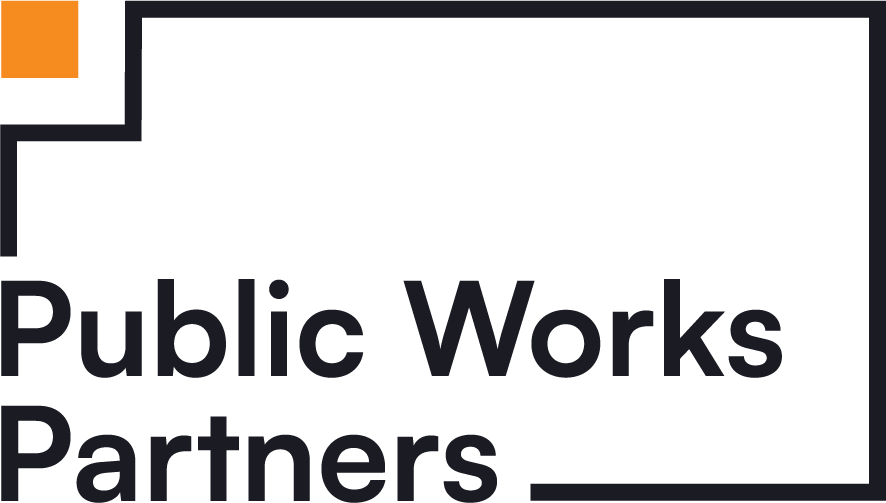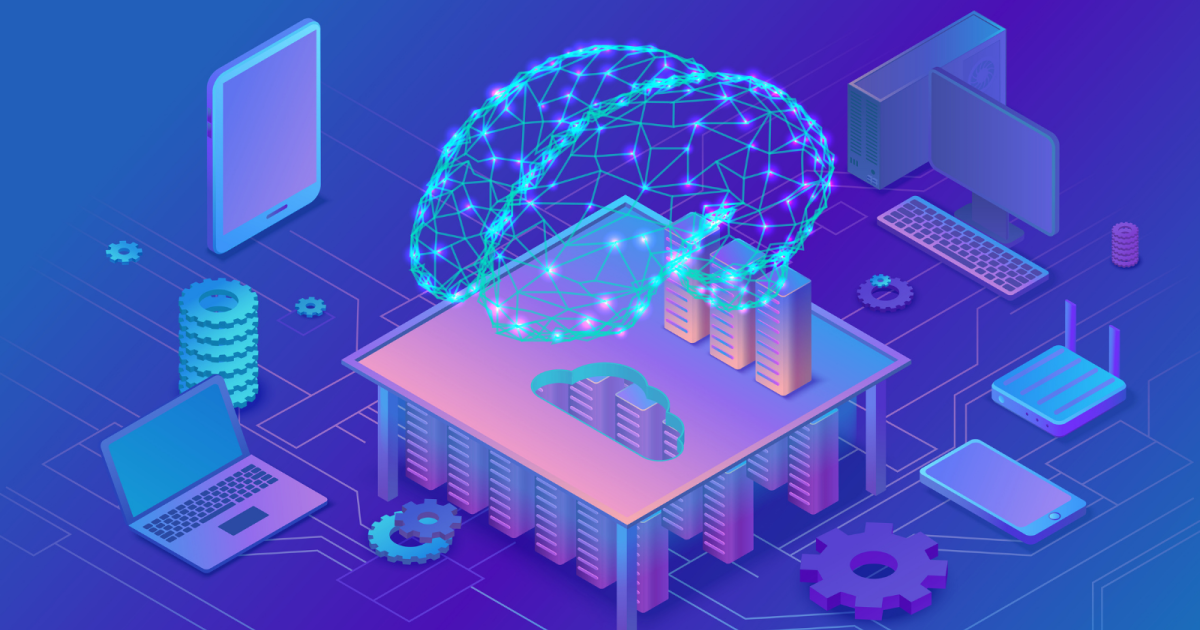Written by Amairani Marin Tovar
In an era characterized by rapid technological advancement, artificial intelligence (AI) stands as a transformative force. As AI continues to permeate various aspects of our lives, from tailored streaming recommendations to autonomous vehicles, understanding its principles and applications becomes increasingly essential. A recent report by Goldman Sachs suggests that generative A.I. could impact 300 million jobs, with office and administrative support jobs having the highest share of automatable tasks at 46%, followed by legal work at 44%, and architecture and engineering tasks at. Embracing AI education is a proactive step towards empowering individuals to actively participate in shaping the future of technology and its impact on our evolving world.
However, it is important to recognize that not everyone enjoys equal access to AI tools. Before delving further into pertinent AI applications, it is crucial to address the disparity in tech literacy, especially in low-income households. According to The U.S. Department of of Housing and Urban Development, low-income households have lower rates of in-home internet connectivity than higher-income groups. HUD-assisted renter households depend more on smartphones for connectivity than at-home internet access. Limited access to technology, lack of exposure to digital tools, and scarce educational resources exacerbate digital disparities in these communities.
Individuals may be better positioned to navigate AI-driven technologies by prioritizing initiatives that dismantle these barriers. In the era of COVID-19, where remote learning has become commonplace, initiatives like the Emergency Broadband Benefit program, now known as the Affordable Connectivity Program (ACP), were vital for reducing digital inequality. As of February 8, 2024, the ACP program included over 23 million enrolled households. Unfortunately, the program has run out of funding, and the last fully funded month is April 2024. A report by New America cited that initiatives like the Emergency Broadband Benefit program signed into law in April 2021 and the E-Rate program that provides schools and libraries with deep discounts on their purchase of internet access need to continue to be expanded upon to reduce digital inequality.
Overcoming these challenges will require partnerships with schools, libraries, and local nonprofits to ensure access to digital assistance when needed. Offering digital literacy training programs and workshops through local partners can increase awareness and access to digital literacy tools, with initiatives like the HOPE Program, which empowers New Yorkers to build sustainable futures through comprehensive training, jobs, advancement and lifelong career support, thus beginning to bridge the knowledge gap. Moreover, fostering tech literacy empowers individuals to leverage AI tools for educational advancement, career opportunities, and community development. Without addressing the tech literacy gap, the promise of AI risks further marginalizing disadvantaged communities.
AI Benefits and Resources
For low-income workers, artificial intelligence (AI) offers numerous potential benefits that can enhance productivity, job opportunities, and overall quality of life. According to a National Bureau of Economic Research study, AI-powered tools such as virtual assistants and chatbots can streamline administrative tasks, saving time and effort. An array of AI tools, such as AI assistants for Excel and platforms like Otter.ai for generating meeting transcripts, are continuously emerging, providing opportunities for learning and upskilling. Platforms like Coursera also offer AI courses created by IBM, Google, and even colleges like the University of Pennsylvania. This means access to affordable education and skill development opportunities for low-income workers.
AI-powered job matching algorithms can connect individuals with suitable employment opportunities tailored to their skills and preferences, potentially dismantling barriers to entry in competitive job markets. To help aid in job matching, there are tools like resumA.I. that instantly generate resumes based on hundreds of real-life templates. For low-income workers seeking employment, this means better access to relevant job opportunities. AI can bridge the gap between skills and available jobs by connecting job seekers with suitable positions.
AI Challenges
Despite the potential benefits, low-income workers also face significant challenges in navigating the landscape of artificial intelligence (AI). As previously mentioned, access to AI technologies may be limited for low-income individuals due to cost, digital literacy, and infrastructure disparities. Without adequate resources and training, these workers may struggle to adapt to AI-driven workplaces or access the educational opportunities necessary to acquire new skills. Another primary concern is the risk of job displacement due to automation, particularly in sectors with repetitive tasks that are easily automated. For workers already struggling to find stable employment, the prospect of losing jobs to AI can exacerbate financial insecurity and widen socioeconomic disparities.
Ethical considerations surrounding AI, such as algorithmic bias and data privacy concerns, also pose unique challenges for low-income workers who may already face systemic discrimination and surveillance. An article by IBM, “Shedding light on AI bias with real world examples” highlights that AI systems learn from historical data, which may reflect societal biases and inequalities. If the data used to train AI models is biased or incomplete, the AI system may perpetuate or exacerbate existing disparities. For example, if historical data contains biased hiring practices or discriminatory lending decisions, AI algorithms trained on this data may perpetuate these biases.
According to the Pew Research Center, U.S. adults with higher education and income levels are more aware of examples of AI in daily life than other adults. This is important to note when considering low-income workers who may only have a high school diploma or GED equivalent. For example, 53% of Americans with a postgraduate degree correctly identified uses of artificial intelligence across all six multiple-choice questions in a survey compared to 14% of Americans who have at least a high school diploma or less. Addressing these challenges requires proactive efforts to ensure equitable access to AI education, job retraining programs, and policies that prioritize protecting workers’ rights and well-being in the face of technological advancement.
AI Policy
Developing equitable AI policies for low-income workers is imperative to ensure that the benefits of technological advancement are accessible to all and do not exacerbate existing inequalities. An article by MIT “AI needs to be more ‘pro-worker.’ These 5 policies can help,” explains that public policies aimed at equalizing tax rates on employing workers and owning equipment/algorithms level the playing field between people and machines. Additionally, creating an AI center of expertise within the government to share knowledge among regulators and other officials can encourage a positive path for inclusive AI that can be regulated. Without such policies, there’s a risk that AI-driven innovations could widen the gap between socioeconomic classes, leaving marginalized communities further behind. Equitable AI policies can address this by promoting fair access to technology, prioritizing the needs of low-income workers in developing and implementing AI systems, and mitigating potential negative impacts such as job displacement. By fostering inclusivity and empowerment, equitable AI policies not only support the economic stability and well-being of low-income workers but also contribute to a more just and sustainable society.
Ensuring accessibility of AI technology is imperative for fostering inclusive economic growth and mitigating societal inequalities. By democratizing access to AI tools and opportunities, we empower individuals from diverse backgrounds to actively engage in the digital economy, unlock their full potential, and contribute to innovation and productivity gains. This concerted effort to bridge the digital divide and offer avenues for skill development and economic progress through accessible AI technology catalyzes upward mobility, and community resilience. It creates a more equitable and prosperous society for present and future generations. In this era of rapid technological advancement, it is incumbent upon us to ensure that the benefits of AI are not confined to the privileged few but are accessible to all, especially those who stand to gain the most from its transformative potential





